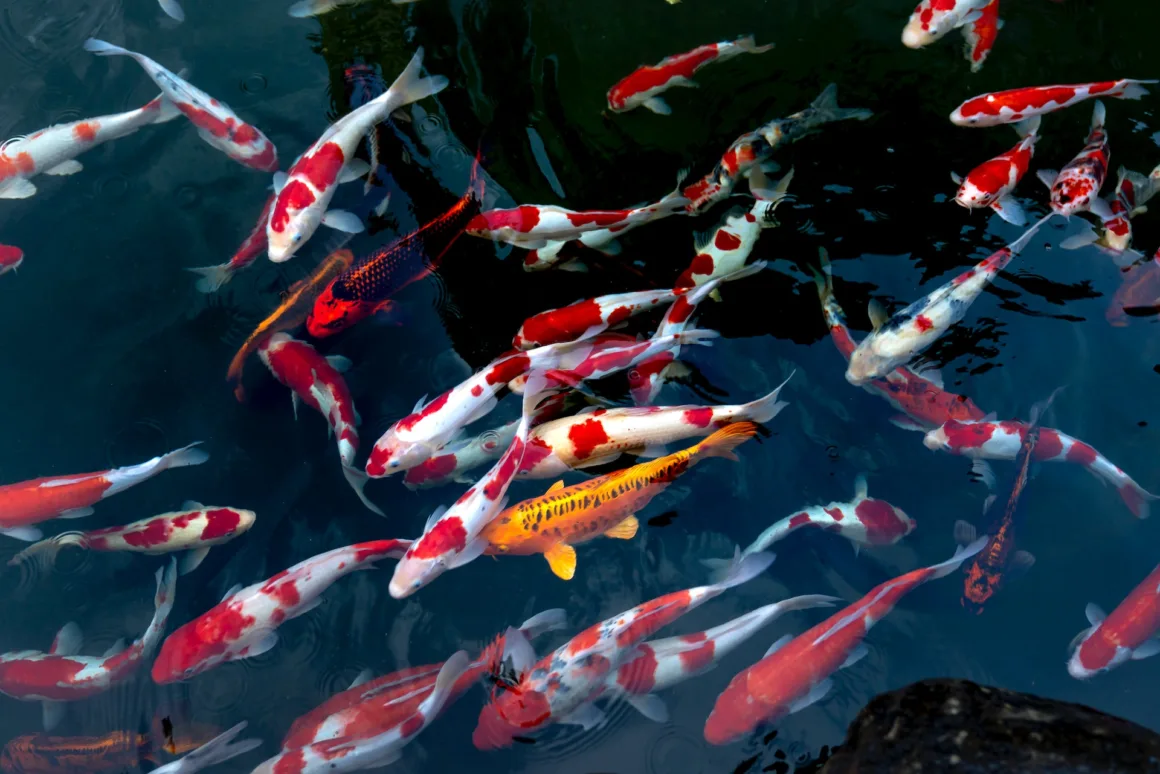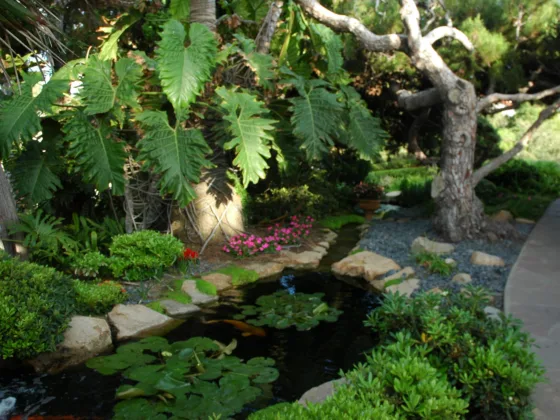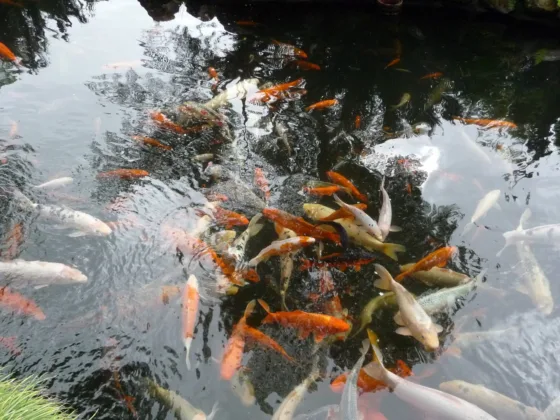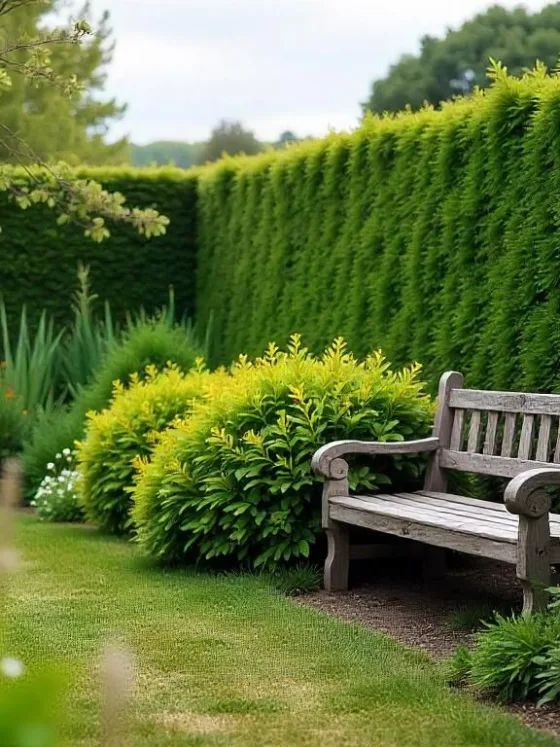Table of Contents Show
Having a koi pond in your backyard can be a beautiful and relaxing addition to your outdoor space. However, maintaining the water quality in your pond is crucial for the health and well-being of your koi fish. One of the most important components of a koi pond is a high-quality filter system. In this article, we will guide you on how to choose the right filter for your koi pond.
Understanding the Basics
Before diving into the different types of filters available, it’s essential to understand the basics of pond filtration. The primary purpose of a filter is to remove harmful substances, such as ammonia and nitrates, from the water. It helps to maintain the water quality, clarity, and overall health of your koi fish.
Types of Filters
There are several types of filters to choose from, including mechanical, biological, and UV filters. Mechanical filters work by physically trapping debris and particles in the water. They are typically the first stage of the filtration process and are essential for removing larger impurities.
Biological filters, on the other hand, promote the growth of beneficial bacteria that break down toxic substances in the water. These filters are crucial for maintaining a healthy nitrogen cycle in your pond.
UV filters utilize ultraviolet light to kill algae and harmful bacteria in the water. They are particularly effective in controlling green water issues and preventing the spread of diseases.
Determining the Right Size
When choosing a filter for your koi pond, it’s important to consider the size of your pond and the number of fish you have. A general rule of thumb is to have a filter that can handle at least half of your pond’s volume per hour. For example, if you have a 1000-gallon pond, you should aim for a filter with a flow rate of at least 500 gallons per hour.
Keep in mind that koi produce more waste than other types of fish, so it’s crucial to have a filter that can handle the higher bio-load. It’s always better to oversize your filter rather than undersize it.
Related:
- How to Build and Maintain a Koi Pond: A Complete Guide
- Choosing the Right Food for Your Koi Fish
- Can I Keep Other Fish with My Koi Fish?
Additional Features to Consider
When choosing a filter for your koi pond, there are a few additional features you may want to consider. One important feature is the ease of maintenance. Look for filters with easy access to the media chambers, making it simple to clean and replace filter media.
Another feature to consider is the presence of a built-in backwash system. This allows you to easily flush out accumulated debris from the filter media, improving its efficiency and prolonging its lifespan.
Finally, consider the energy consumption of the filter. Opt for energy-efficient models that can help reduce your electricity bills while still providing excellent filtration.
Conclusion
Choosing the right filter for your koi pond is essential for maintaining a clean and healthy environment for your fish. Consider the type of filter that best suits your needs, the size of your pond, and any additional features you may require. With the right filter in place, you can enjoy the beauty of your koi pond while ensuring the well-being of your fish.










